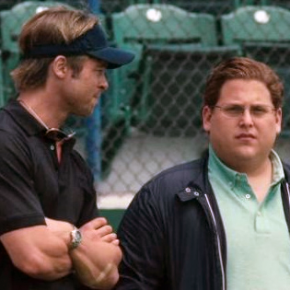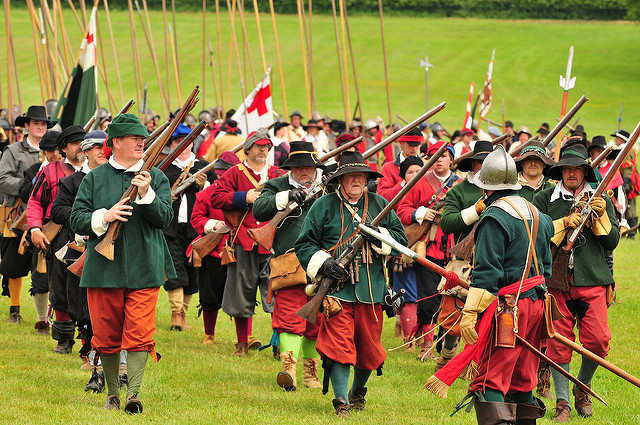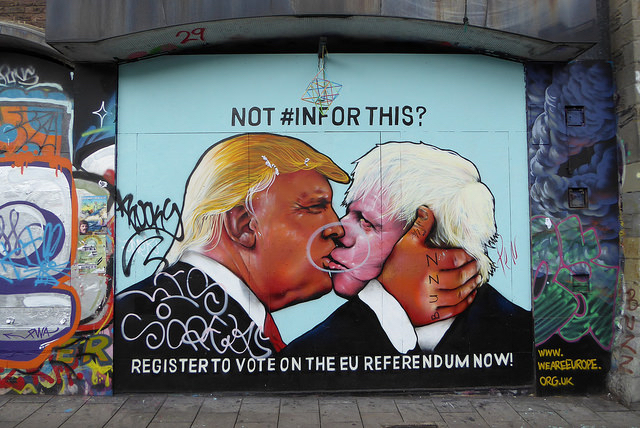Visitors to SFMOMA‘s rooftop sculpture garden may notice the infamous Waldo of Where’s Waldo? across the way, smiling from another building. Like the WALK sign, it is a man with a forward gait. Without the camera’s zoom, or prior cognizance, it’s barely noticeable. Isn’t that the existentialist lesson of Waldo? A man lost in a crowd, as seen by a vacant, omniscient entity? Jean-Paul Sartre once asked his readers to imagine a waiter who is not present, and how manifest (and annoying) that “nothingness” could be felt, especially when one needed some more water. The waiters in Paris may be known for a little attitude, but the true bugger is the philosopher.
SFMOMA’s rogue Waldo “installation” is of post-modern conceit, perhaps patronization, directed at the patrons of the museum. One cannot deny the stigma of the museum goer, some old lady with a leather bag, a bag of money at home, sucking down culture with thin brittle lips. I imagine some clever MFA students one night, coaxed by the muse of a 12-pack of politically conscious cheap beer, with some plywood, a jigsaw, and paint—though Waldo’s hat and shoes are “real,” safely tucked under quotes, in observance of art’s ambivalence with artifice. The democracy of art is only possible outside the museum. As the streets are littered with art star kids, it’s nice to find the gentle repose of a quick laugh on top of a roof. But how does one confront an institution like the SFMOMA, while going in debt handing borrowed money over to academic institutions ostensibly heralding the practice to free thought? This question is less rhetorical than dire.
I remember when I first discovered that man-like painted piece of wood, that secular effigy representing my self-perceived invisibility. From the Lascaux cave paintings to our present museum walls, televisions, and computer screens, the act of recognition is commemorative: to give one’s memory a shape, by which our collective memory is shaped. Waldo is actually Wally in his native country, England. Creator Martin Handford may have thought Waldo was a more American name, though, ironically, I have yet to see one in the crowd.





